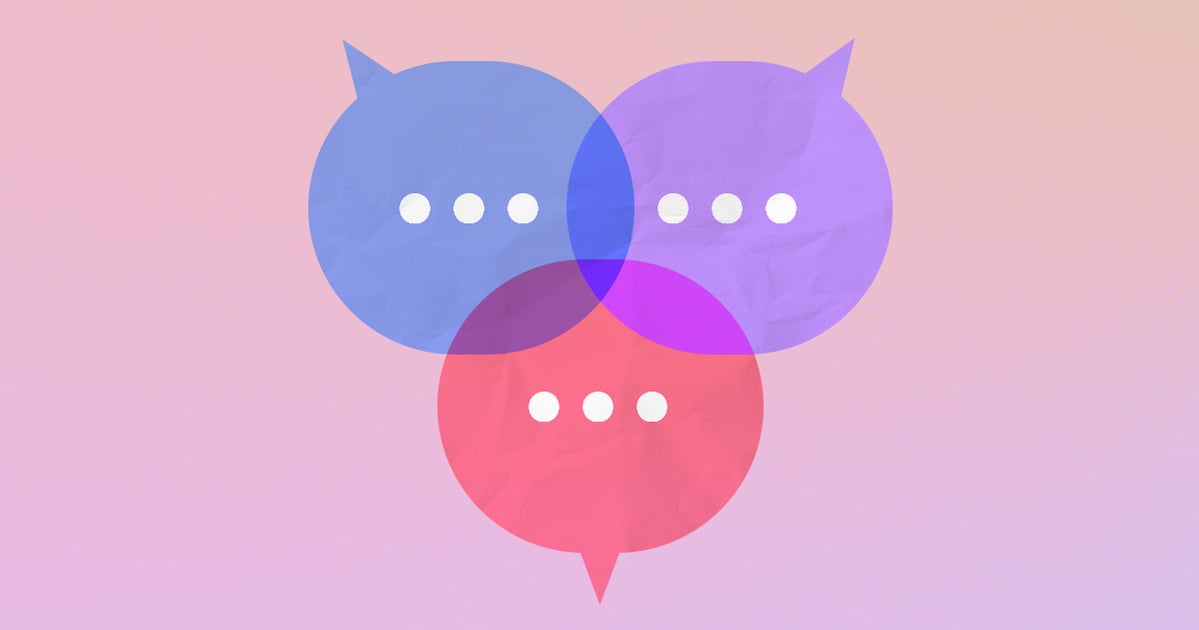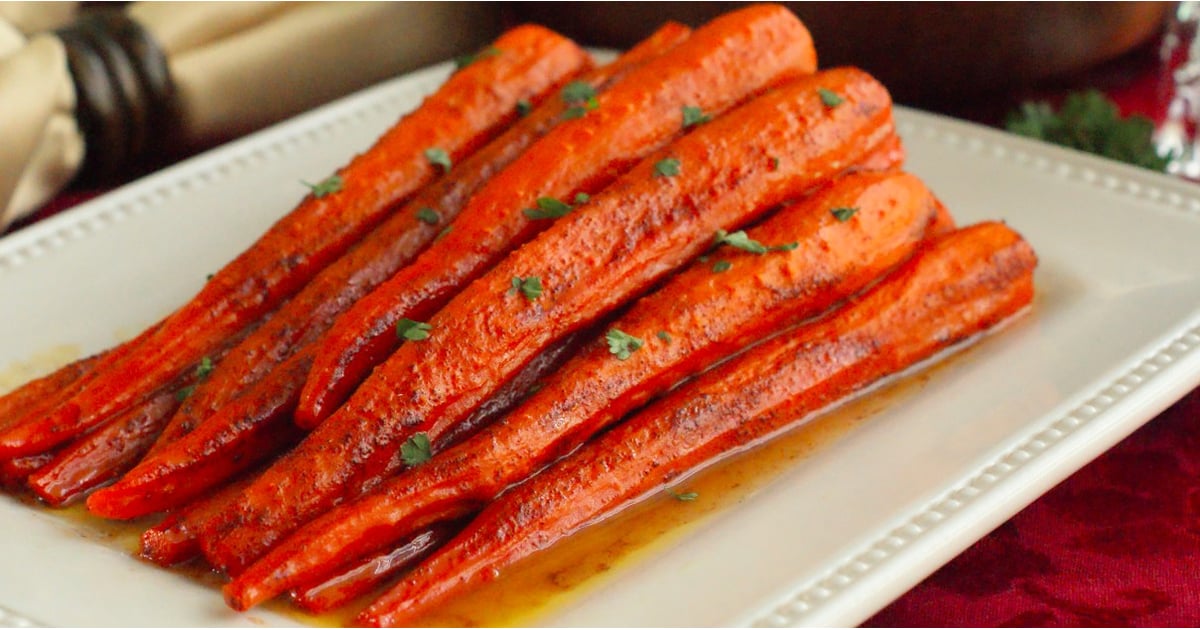I’m in a throuple, and when I tell people about my polyamorous relationship, they often say something like, “Wow, cool,” or “Oh, how modern!” And I get it. Polyamory is everywhere right now; it seems to be having a moment. Recently, there was New York Magazine’s viral cover all about polyamory, as well as a Gucci fragrance ad in which Elliot Page, A$AP Rocky, and Julia Garner were an onscreen throuple. In the new reality TV show “Couple to Throuple,” couples essentially test-drive polyamory. (That show is a master class in what not to do.) And a recent New Yorker article asked how polyamory became so popular. But the truth is, it’s always been around.
“Although humans historically have always pair bonded as a means of sharing resources, it was very common in tribal communities for both men and women to be sexually nonmonogamous,” explains Gigi Engle, a COSRT-registered, GSRD-accredited sex and relationships psychotherapist and lead intimacy expert at the LGBTQ+ dating app Taimi. “There are different theories as to why this is, but one is that it meant the males wouldn’t necessarily know who their children were and so would care for all the children, as would the women. A collectivist way of living and raising young was the norm for a long time.”
You know that saying ‘When you know you know’? Turns out it applies to throuples, too.
I’ve been asked if I’m in a throuple to be edgy or different, or for shock value. And that annoys me. I’ve been in a committed throuple for five years now. My partner Paul* and I have been together for 13 years. We met the old-fashioned way, in a bar. Then, five years ago, we joined Feeld, a dating app for alternative dating styles, often used by people looking for threesomes and more serious polyamorous setups. At the time, we weren’t looking for anything serious, but when we met Andrea* a month before COVID-19 hit, we knew there was a special spark there. We kept in touch through the stay-at-home orders. Paul and I lived together, and the three of us watched “RuPaul’s Drag Race” via Zoom and sent each other funny memes in a WhatsApp group chat. When the lockdowns ended, we started seeing each other again in person, and it felt easy. We just got each other. You know that saying “When you know you know”? Turns out it applies to throuples, too.
Today, my relationship isn’t very different from any other “traditional” relationship you might see. My partners and I live together. We go to family events together. We’re incredibly lucky in that our families have been wonderfully accepting of our relationship – not everyone is so fortunate. We go on holidays together. We remind each other to feed our cats. We love and support each other. My relationship is not an experiment, and it’s not a trend.
Calling something trendy implies that it’s going to pass. That it is, as an article in The Atlantic unhelpfully called it, a “fad.” But it’s not a fad. It’s not even new. In fact, as Engel explains, monogamous marriages only became the norm around the agricultural revolution in the 17th century. “In this way, women became property and marriage was a way of uniting families, and embedded in that was widespread Christianity,” she says. “People have been organizing relationships by all kinds of poly structures forever. It’s only white privilege and a Western-centric view that thinks, because we view monogamy as the norm, that’s what makes it normal.”
But polyamory shouldn’t be seen as an attack on monogamy. Polyamorous folks who call monogamy “unevolved” or “small-minded” are, frankly, really hurting us. Pointing at one relationship model, such as monogamy, and claiming that it’s invalid or somehow backwards is nothing short of hypocrisy. Different relationships work for different people. For some people, monogamy is what they want and need. And that’s fine.
The current spotlight on polyamory causes misconceptions, too. It’s all too common for people to point to singular examples of polyamory not working and extend this to argue that it can never work. People often point to someone whose partner suggested an open relationship, and they went along with it for fear of losing said partner. Getting into polyamory to please someone else, rather than because it’s something that works for you, is likely to end in disaster. But, thankfully, not all poly setups start this way. Polyamory can work, and I’m living proof of that. And I know lots of people who practice different forms of polyamory, like solo polyamory, where a person dates multiple people one-on-one, or what’s known as “kitchen table” polyamory, where a group of poly folks are all friendly together but not necessarily dating each other. They’re living their best lives, but it’s true that polyamory isn’t for everyone. It’s only one way of having a relationship, and it’s no more or less valid than any other.
As Engle explains, “People who say polyamorous relationships can never work don’t understand polyamorous relationships.” She also points out that when monogamous relationships end, we don’t use this as an argument against monogamy. “Some relationships work out long-term, and some relationships end. It doesn’t necessarily have anything to do with whether that relationship was polyamorous or not.”
That said, it’s exciting to see polyamory becoming more widely acknowledged. According to recent research by wine company 19 Crimes, which released a wine for throuples, two in five Gen Z and millennials have been in a committed polyamorous relationship or are considering it as an alternative to monogamy. I’m all for celebrating different kinds of relationships and different kinds of love. Representation matters, and the more polyamory is talked about, hopefully, the more polyamorous people will feel able to live out in the open.
Currently, there are limited legal protections for polyamorous people in employment or housing – a person can technically be legally evicted or fired for being polyamorous, apart from in a few places in the US where notable exceptions have been made. I hope that one day, greater visibility will contribute to change in this area.
It seems like some people are trying polyamory on for size right now – which is fine if you’re doing it to explore a new relationship style – but simply following a trend probably isn’t a great reason. And it certainly wasn’t mine. My partners and I are talking about buying a house in the next few years. We might even get a dog. We’ve talked about having kids and decided none of us want any; we’re happy being fur parents to our two cats. The future will see us continuing to support one another in our careers, going on more fabulous adventures around the world, and continuing to grow together as a throuple and as individuals. But as long as the world views polyamory as “the hot new thing,” polyamorous people like me will struggle to have their very real relationships taken seriously.
*Names have been changed



